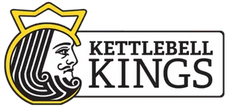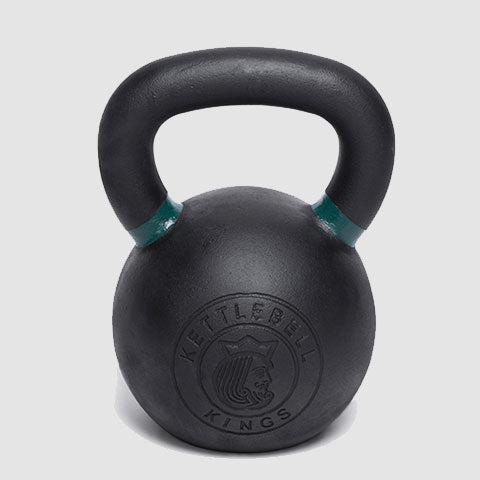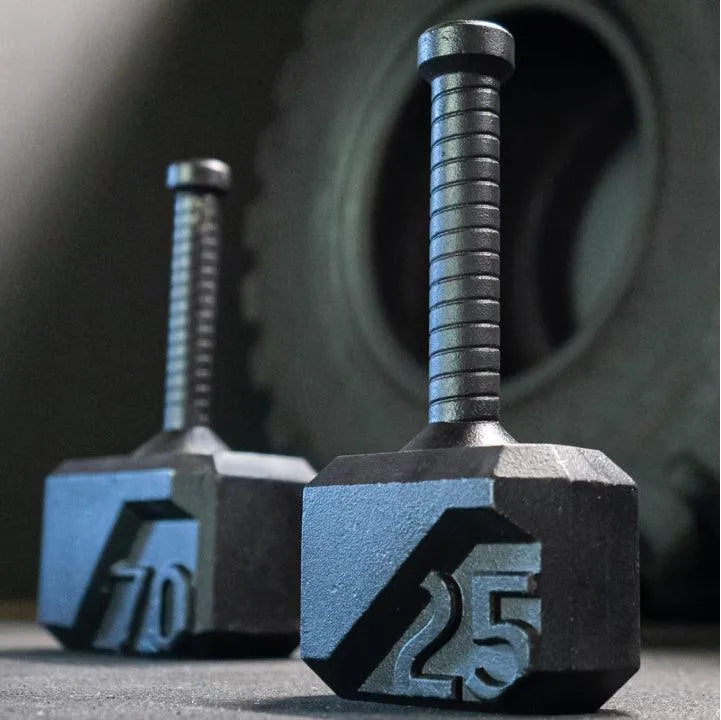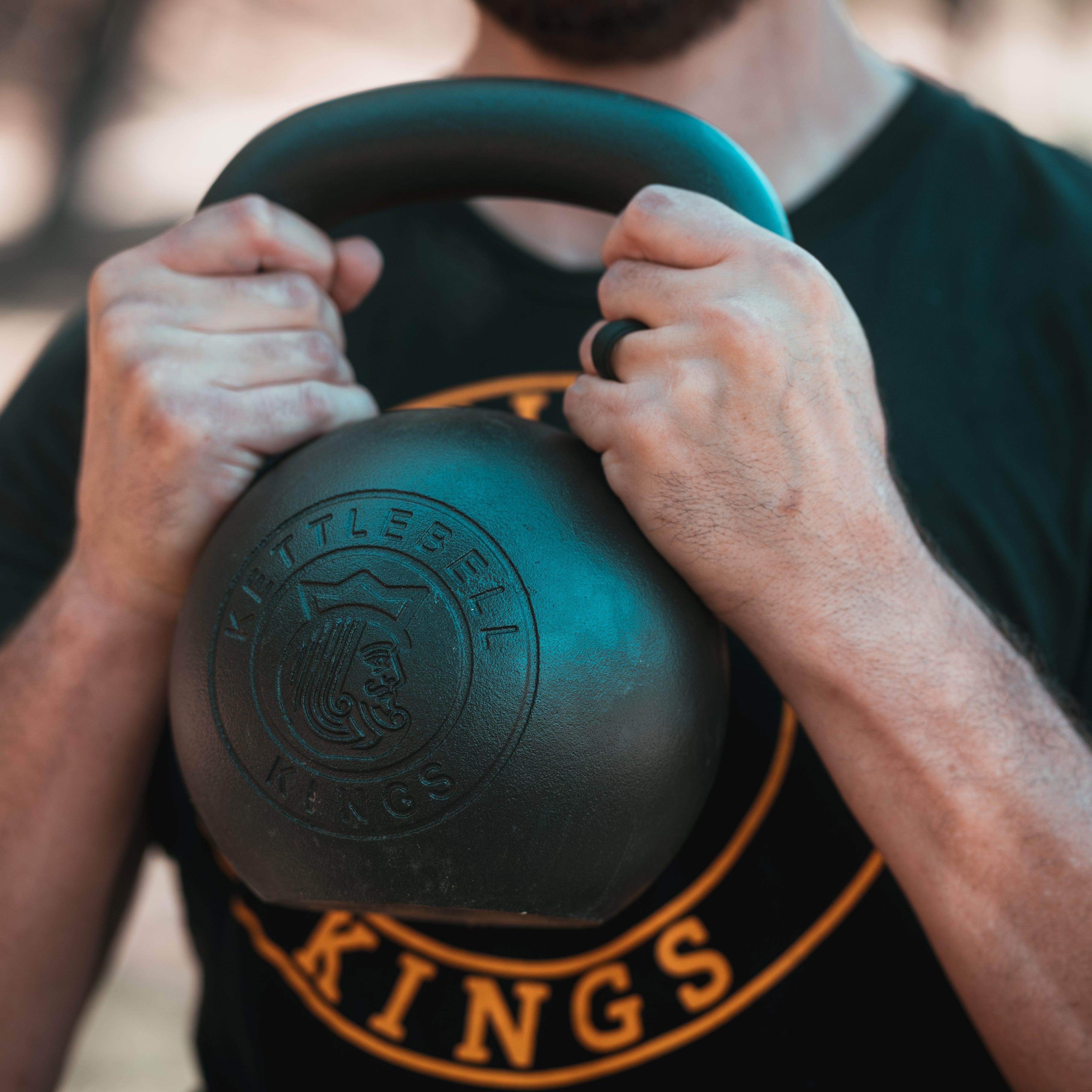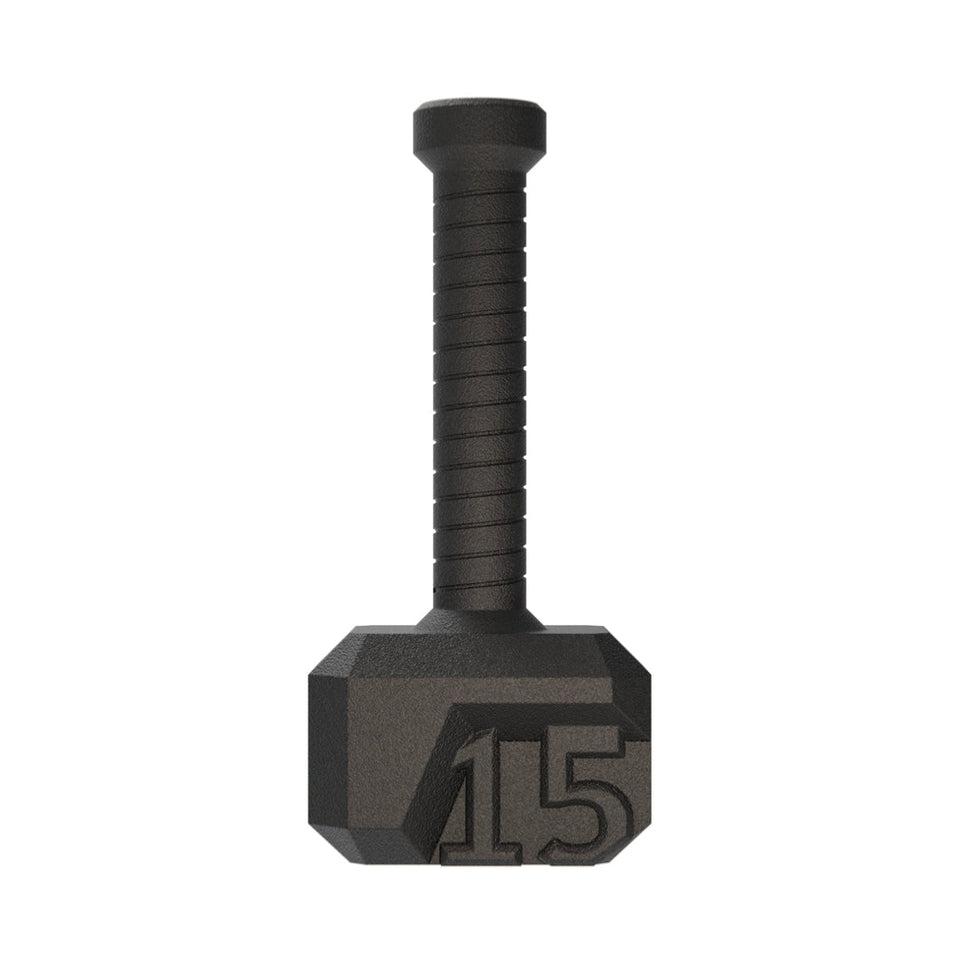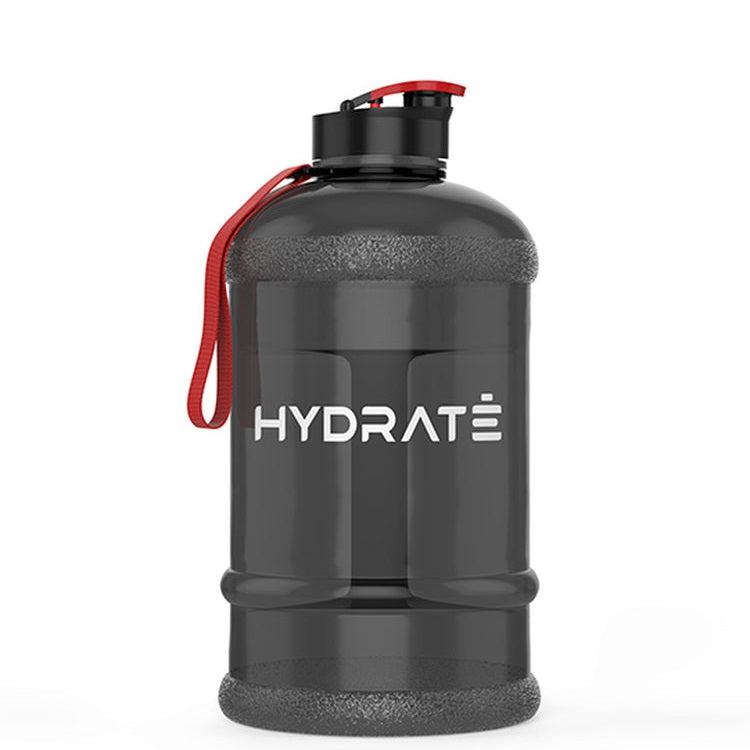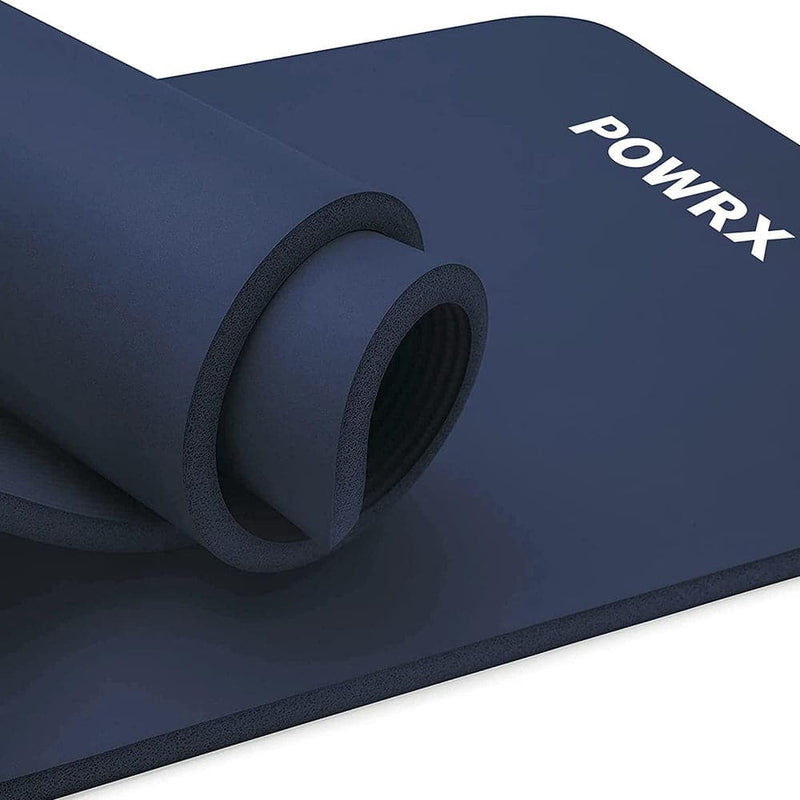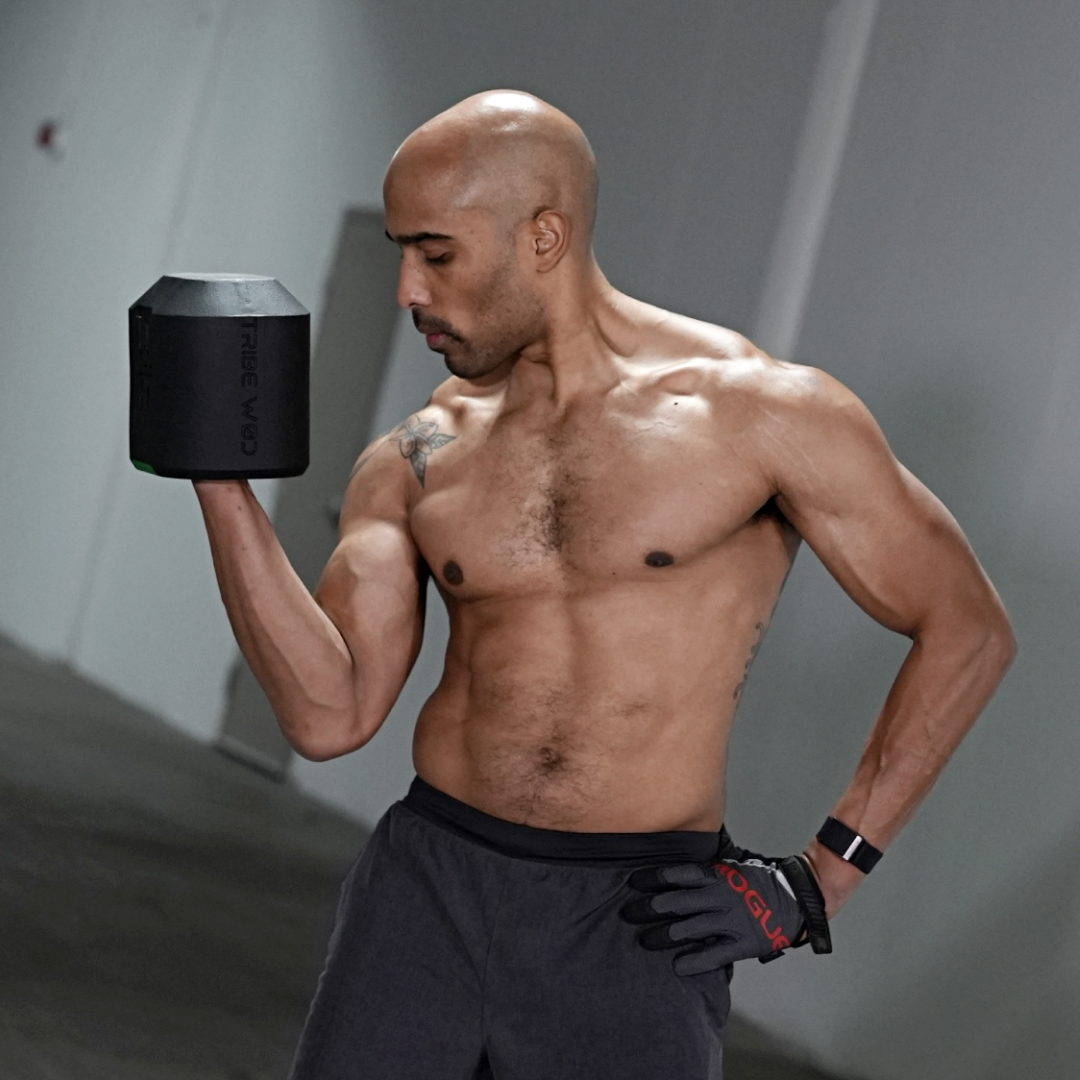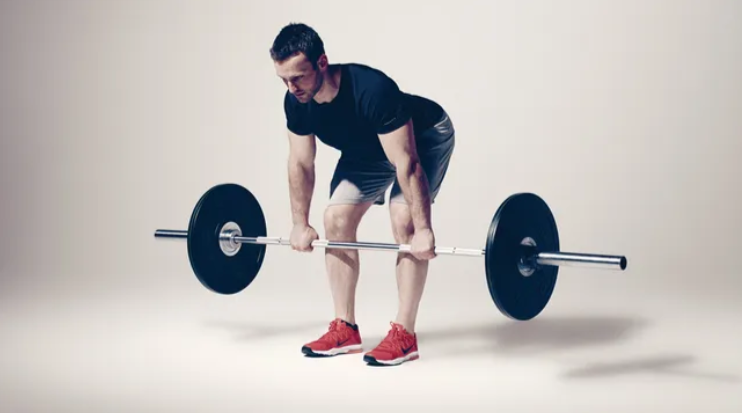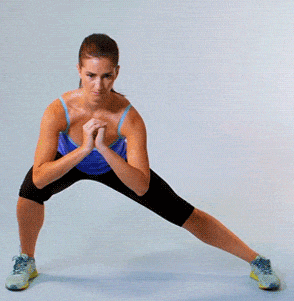Are you looking to take your fitness routine to the next level? If so, incorporating the squat press into your workout regimen might be just what you need. In this comprehensive guide, we'll delve into the benefits, variations, and techniques of the squat press. Whether you're a seasoned gym-goer or just starting your fitness journey, this article will provide you with valuable insights to optimise your workouts and achieve your fitness goals.
The squat press, also known as the squat and press, is a compound exercise that combines two effective movements: the squat and the overhead press. This powerful exercise targets multiple muscle groups simultaneously, making it a time-efficient and effective addition to any workout routine. By engaging the lower body, shoulders, and core, the squat press offers a full-body workout that helps build strength, improve muscle endurance, and enhance overall fitness levels. Whether you're looking to build muscle, burn calories, or improve functional strength, the squat press has something to offer for everyone.
Understanding the Squat Press
What is the Squat Press?
Before we delve into the specifics of the squat press, let's take a closer look at what this exercise entails. The squat press involves performing a squat followed by an overhead press in one fluid motion. This dynamic movement challenges both the upper and lower body, making it an efficient way to work multiple muscle groups simultaneously. By combining two compound exercises into one, the squat press allows you to maximize your workout efficiency and make the most out of your time spent in the gym.
When you perform the squat press, your lower body muscles, including the quadriceps, hamstrings, and glutes, work together to lower your body into the squat position and then propel you back up to standing. Meanwhile, your upper body muscles, particularly the shoulders, triceps, and upper back, come into play as you press the weight overhead. This coordinated effort between the upper and lower body makes the squat press a highly effective exercise for building strength, power, and muscle endurance.
By incorporating the squat press into your workout routine, you can target a wide range of muscle groups in a single exercise, making it a time-efficient choice for those looking to maximize their gym sessions. Additionally, the dynamic nature of the squat press challenges your stability and balance, further enhancing its effectiveness as a functional exercise that translates to real-life movements.
Which muscles does Squat Press work on?
The squat press is a compound exercise that targets multiple muscle groups simultaneously, making it a highly effective full-body workout. Some of the primary muscles worked during the squat press include:
- Quadriceps, The quadriceps muscles, located at the front of the thigh, are heavily engaged during the squat phase of the exercise. They are responsible for extending the knee joint and straightening the legs as you rise from the squat position.
- Glutes, The gluteus maximus, the largest muscle in the buttocks, plays a significant role in hip extension during the squat phase. Engaging the glutes helps drive the body upward from the squat position and contributes to overall lower body power.
- Hamstrings, The hamstrings, located at the back of the thigh, act as synergists during the squat phase, assisting the glutes in hip extension. They are also involved in stabilizing the knee joint throughout the movement.
- Calves, The calf muscles, including the gastrocnemius and soleus, provide stability and assist in ankle plantarflexion as you rise from the squat position. While the calves are not the primary movers during the squat press, they play a supportive role in maintaining balance and control.
- Deltoids, The deltoid muscles, particularly the anterior (front) and lateral (side) heads, are targeted during the overhead press phase of the exercise. They are responsible for raising the arms overhead and stabilizing the shoulders throughout the movement.
- Triceps, The triceps brachii muscles, located at the back of the upper arm, are engaged during the overhead press phase to extend the elbows and fully straighten the arms. They assist in pushing the weight overhead and contribute to upper body strength.
- Core, The core muscles, including the abdominals, obliques, and erector spinae, play a crucial role in stabilizing the torso and maintaining proper posture throughout the squat press. Engaging the core helps support the spine and prevent excessive arching or rounding of the back during the movement.
Overall, the squat press is a highly efficient exercise that targets multiple muscle groups in the lower body, upper body, and core, making it an excellent choice for building strength, power, and muscular endurance.
How Does the Squat Press Benefit Your Fitness Routine?
The squat press offers a wide range of benefits that can enhance your fitness routine in numerous ways. Here are some key advantages of incorporating the squat press into your workouts:
-
Full-Body Workout
-
Increased Muscle Strength
-
Improved Functional Movement
The squat press mimics natural movement patterns, making it a functional exercise that translates to real-life activities. By strengthening the muscles used in everyday tasks, such as lifting, pushing, and carrying, the squat press can improve overall functional fitness and reduce the risk of injury during daily activities.
Mastering the Squat Press Technique
How to Perform the Squat Press with Proper Form
Performing the squat press with proper form is crucial for maximising its effectiveness and ensuring safety during your workout. Follow these step-by-step instructions to execute the squat press correctly:Starting Position
Begin by positioning yourself with your feet shoulder-width apart, ensuring a stable and balanced stance. Hold the barbell/dumbbell at shoulder height with an overhand grip, allowing your elbows to be slightly in front of the bar and your wrists aligned with your forearms. Keep your core engaged and your chest lifted to maintain proper posture throughout the exercise.
Squat Phase
Initiate the movement by bending your knees and pushing your hips back, as if you were sitting back into an imaginary chair. Lower your body into a squat position while keeping your chest up and your back straight. Aim to lower your hips until your thighs are parallel to the ground, or as far down as your flexibility allows. Ensure that your knees track over your toes and avoid allowing them to collapse inward.
Press Phase
Once you reach the bottom of the squat position, transition smoothly into the press phase of the exercise. Drive through your heels explosively to stand up, simultaneously pressing the barbell/dumbbell overhead. Extend your arms fully until they are straight overhead, with the barbell directly above your shoulders. Maintain a stable and controlled movement throughout the press phase, engaging your core muscles for added stability.
Return to Starting Position
After completing the overhead press, lower the barbell/dumbell back to shoulder height with control, maintaining proper form and alignment. As you lower the barbell, simultaneously lower your body back into the squat position to complete one repetition. Repeat the movement for the desired number of repetitions, focusing on maintaining proper form and control throughout each repetition.By following these steps and focusing on proper form and technique, you can maximize the effectiveness of the squat press while minimizing the risk of injury. Remember to start with a lighter weight to master the movement pattern before progressing to heavier loads. Additionally, listen to your body and adjust the range of motion and weight according to your individual fitness level and capabilities. With consistent practice and attention to form, the squat press can become a valuable addition to your strength training routine, helping you build muscle, improve strength, and enhance overall fitness.
Common Mistakes to Avoid When Performing the Squat Press
While the squat press is an excellent compound exercise for targeting multiple muscle groups, improper form can diminish its effectiveness and increase the risk of injury. To ensure you reap the full benefits of this exercise and stay safe during your workout, it's crucial to avoid the following common mistakes:
Improper Alignment
One of the most common mistakes during the squat press is improper alignment, particularly in the knees and elbows. Ensure that your knees track over your toes during the squat phase, preventing them from collapsing inward, which can strain the knee joint and lead to injury. Additionally, maintain proper alignment of your elbows with your shoulders during the press phase to prevent unnecessary stress on the shoulder joints.Lack of Core Engagement
Incomplete Range of Motion
Another common mistake is failing to perform the squat press through a full range of motion. Ensure that you lower your body into a deep squat position, aiming to bring your thighs parallel to the ground or as low as your flexibility allows. Similarly, fully extend your arms overhead during the press phase, achieving full elbow extension to maximize muscle activation in the shoulders and arms.
Using Excessive Momentum
Avoid using momentum to lift the weight during the squat press, as this can compromise proper form and reduce the effectiveness of the exercise. Instead, focus on controlled movements, both during the squat descent and the overhead press. Maintain a steady tempo throughout the exercise, emphasizing muscle contraction and control.Overloading with Too Much Weight
By avoiding these common mistakes and focusing on proper form and technique, you can maximise the effectiveness of the squat press while minimising the risk of injury. Remember to listen to your body, start with lighter weights, and gradually progress as you become more comfortable with the exercise. With consistency and attention to detail, the squat press can be a valuable addition to your strength training routine, helping you build muscle, improve strength, and enhance overall fitness.
Tips for Maximizing Your Squat Press Workout
To get the most out of your squat press workout, consider incorporating the following tips:
- Controlled Movement, Focus on performing the squat press with slow, controlled movements rather than rushing through the exercise. By slowing down the tempo, you can increase time under tension, which maximizes muscle engagement and promotes muscle growth. Additionally, controlled movements help you maintain proper form and alignment throughout the exercise, reducing the risk of injury and ensuring optimal muscle recruitment.
- Proper Breathing Technique, Pay attention to your breathing pattern during the squat press to optimise performance and enhance stability. Inhale deeply through your nose as you lower your body into the squat position, filling your lungs with air and creating intra-abdominal pressure. This bracing technique helps support your core and stabilizes your spine during the movement. As you press the barbell overhead, exhale forcefully through your mouth, engaging your abdominal muscles to maintain stability and power through the lift. By coordinating your breathing with the movement, you can improve your overall performance and efficiency during the squat press.
- Focus on Form and Technique, Prioritise proper form and technique over lifting heavy weights when performing the squat press. Focus on maintaining a neutral spine, keeping your chest up, and tracking your knees over your toes during the squat phase. Ensure that your elbows are aligned with your shoulders and your wrists are straight during the overhead press phase. By emphasising proper form, you can target the intended muscle groups more effectively and reduce the risk of injury. If necessary, start with lighter weights and gradually increase the resistance as you become more comfortable with the movement.
- Mind-Muscle Connection, Develop a strong mind-muscle connection during the squat press by focusing on the muscles you are targeting throughout the exercise. Visualize the muscles contracting and actively engage them during each phase of the movement. By enhancing your awareness of muscle engagement, you can improve muscle activation and achieve better results from your workout.
- Variety and Progression, Keep your squat press workouts challenging and effective by incorporating variety and progression into your routine. Experiment with different variations of the squat press, such as using dumbbells or resistance bands, to target your muscles from different angles and challenge your stability. Additionally, gradually increase the resistance or the number of repetitions as you progress to continue challenging your muscles and promoting growth.
By implementing these tips into your squat press workout routine, you can maximize your results, improve your performance, and reduce the risk of injury. Whether you're a beginner or an experienced lifter, focusing on controlled movements, proper breathing technique, form and technique, mind-muscle connection, and variety and progression can help you take your squat press workouts to the next level.
Variations of the Squat Press
While the traditional barbell squat press is highly effective, there are several variations you can incorporate into your workout routine to add variety and challenge your muscles in new ways. Here are some variations of the squat press to consider:
Variations of the Squat Press
While the traditional barbell squat press is a staple in many strength training routines, incorporating variations can add diversity to your workouts and target muscles in different ways. Here are some variations of the squat press along with brief explanations of how to perform them:
Kettlebell Squat Press
- Hold a kettlebell by the handle with both hands at shoulder height, palms facing inward.
- Stand with your feet shoulder-width apart and your core engaged.
- Lower your body into a squat position by bending your knees and pushing your hips back, keeping your chest up and your back straight. Aim to lower your thighs parallel to the ground.
- As you rise from the squat position, press the kettlebell overhead by extending your arms fully.
- Lower the kettlebell back to shoulder height as you descend into the next squat repetition.
Dumbbell Squat Press
- Hold a pair of dumbbells at shoulder height with an overhand grip, palms facing forward.
- Stand with your feet shoulder-width apart and your core engaged.
- Lower your body into a squat position by bending your knees and pushing your hips back, keeping your chest up and your back straight. Aim to lower your thighs parallel to the ground.
- As you rise from the squat position, press the dumbbells overhead until your arms are fully extended.
- Lower the dumbbells back to shoulder height as you descend into the next squat repetition.
Resistance Band Squat Press
- Secure one end of a resistance band to a stable anchor point, such as a squat rack or door frame.
- Hold the other end of the resistance band at shoulder height with your elbows bent and palms facing forward.
- Stand with your feet shoulder-width apart and your core engaged.
- Perform a squat by bending your knees and pushing your hips back, maintaining tension on the resistance band throughout the movement.
- As you rise from the squat position, press the resistance band overhead until your arms are fully extended.
- Lower the resistance band back to shoulder height as you descend into the next squat repetition.
These variations of the squat press offer unique challenges and benefits.Incorporate these variations into your workout routine to keep your workouts interesting and to target your muscles from different angles. Whether you choose to use dumbbells, resistance bands, or Kettlebells, the squat press variations can help you build strength, improve muscle coordination, and enhance overall fitness.
How to Incorporate Squat Press into Your Workout Program
Whether you're a beginner or an experienced lifter, incorporating the squat press into your fitness routine can help you achieve your goals and take your workouts to the next level. Here's how to integrate the squat press into your workout program:
- Frequency, Aim to include the squat press in your workout routine 2-3 times per week, with at least one day of rest between sessions to allow for muscle recovery and growth.
- Volume, Start with 3-4 sets of 8-12 repetitions per set, adjusting the weight and volume based on your fitness level and goals. Gradually increase the weight and/or repetitions as you become stronger and more experienced.
- Intensity, Choose a weight that allows you to perform each repetition with proper form while still feeling challenged by the end of each set.
- Compound Movements, Incorporate the squat press alongside other compound exercises like deadlifts and rows to target multiple muscle groups and promote overall strength.
- Progressive Overload, Continuously increase the weight, reps, or intensity of your squat press workouts over time to stimulate muscle growth and adaptation.
Sample Squat Press Workout Routine
Here's a sample week-long workout plan incorporating the squat press:
Day 1: Lower Body Focus
- Warm-up: 5-10 minutes of dynamic stretching and light cardio
- Squat Press: 3 sets of 10 repetitions
- Romanian Deadlifts: 3 sets of 10 repetitions
- Leg Press: 3 sets of 12 repetitions
- Standing Calf Raises: 3 sets of 15 repetitions
- Cool Down: 5-10 minutes of static stretching
Day 2: Upper Body Focus
- Warm-up: 5-10 minutes of dynamic stretching and light cardio
- Dumbbell Shoulder Press: 3 sets of 12 repetitions
- Bent-over Rows: 3 sets of 10 repetitions
- Chest Press: 3 sets of 12 repetitions
- Bicep Curls: 3 sets of 12 repetitions
- Tricep Dips: 3 sets of 10 repetitions
- Cool Down: 5-10 minutes of static stretching
Day 3: Rest or Active Recovery
- Rest day or engage in low-intensity activities such as walking, yoga, or swimming to aid in recovery.
Day 4: Full Body Circuit
- Warm-up: 5-10 minutes of dynamic stretching and light cardio
- Squat Press: 3 sets of 10 repetitions
- Pull-ups or Lat Pulldowns: 3 sets of 10 repetitions
- Push-ups: 3 sets of 12 repetitions
- Lunges: 3 sets of 12 repetitions per leg
- Plank: 3 sets, hold for 30-60 seconds each
- Cool Down: 5-10 minutes of static stretching
Day 5: Cardio and Core
- Warm-up: 5-10 minutes of dynamic stretching and light cardio
- Jogging or Cycling: 30 minutes
- Russian Twists: 3 sets of 20 repetitions
- Bicycle Crunches: 3 sets of 15 repetitions per side
- Mountain Climbers: 3 sets of 20 repetitions
- Flutter Kicks: 3 sets of 20 repetitions
- Cool Down: 5-10 minutes of static stretching
Day 6: Lower Body Strength
- Warm-up: 5-10 minutes of dynamic stretching and light cardio
- Squat Press: 4 sets of 8 repetitions (increase weight)
- Deadlifts: 3 sets of 8 repetitions
- Leg Extensions: 3 sets of 12 repetitions
- Hamstring Curls: 3 sets of 12 repetitions
- Cool Down: 5-10 minutes of static stretching
Day 7: Active Recovery or Rest
- Engage in light activities such as walking, stretching, or yoga to promote recovery, or take a complete rest day.
Remember to adjust the weight, sets, and repetitions based on your fitness level and goals, and always prioritize proper form and technique to prevent injury.
Conclusion
The squat press is a highly effective compound exercise that offers numerous benefits for your fitness routine. Incorporating the squat press into your workout routine can significantly enhance your fitness journey. The squat press offers a holistic workout, engaging multiple muscle groups simultaneously. Mastering its form and technique is key to maximizing benefits while minimizing injury risks. Incorporating variations like kettlebell or dumbbell squat presses adds diversity and challenges to your routine.
In summary, the squat press is a versatile and valuable exercise for anyone aiming to improve strength, endurance, and overall fitness. With dedication and proper execution, it can elevate your workout routine and bring you closer to your fitness aspirations. Start incorporating the squat press today to unlock your full fitness potential.
